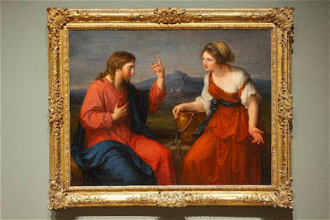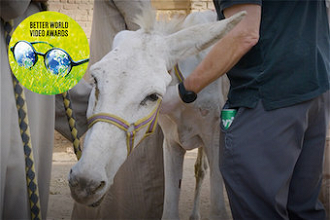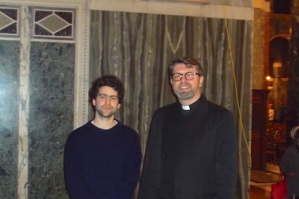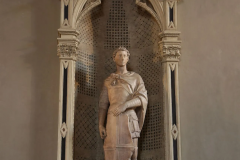Pesellino: A Renaissance Master Revealed
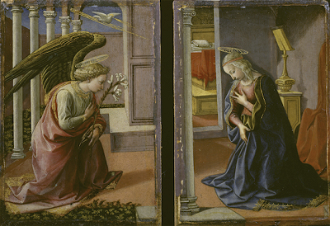
Francesco Pessellino Annunciation Diptych (C)Courtauld Institute
A delightful exhibition of rare works by early Renaissance artist Pesellino is currently displayed in room 46 of the National Gallery. Born Francesco di Stefano around 1422 and known as Peselino after his maternal grandfather, painter Pesello, who raised him following the death of his artist father. Never exhibited as a collection before in UK it is also the subject of a new book, the first ever in English, by curator Dr Laura Llewellyn.
Lesser known than some of his contemporaries due to his early death from plague aged 35, and confusion over attribution of his works due to the fact that he frequently collaborated with other artists, especially Zanobi Strozzi and the Carmelite Friar Filippo Lippi. He influenced later artists such as Verrochio.
His iconic half image of the Virgin and Child, circa 1455, loaned from Lyon, was replicated around 30 times In Florence, representative of the style of devotional works that prevailed amongst the flourishing Florentine middle classes.
The exquisite portable diptych of The Annunciation, 1450-3, is a perfect example of Pesellino's work in miniature. At some point the panels were separated but are brought together here in a display case. Each panel mirrors the other as both angel Gabriel and Mary unusually kneel and gesture to each other identically.
A fascinating wood panel of the Miracle of the Black Leg, circa 1442-5, depicts Roman doctors Saints Cosmas and Damian. They heal a man with a diseased leg by replacing it with that of a deceased Ethiopian. Alongside this is another panel portraying the Stigmatisation of St Francis, both originally forming part of the predella for Lippi's altarpiece for the Noviciate chapel in Santa Croce. Pesellino, aged 20, was commissioned by Cosimo Medici . Both are some of his earliest known works loaned by the Louvre.
A striking painting shows King Melchior, robed in gold and seated on a throne covered in a golden cloth departing for the Holy Land. Surprisingly there is no star to guide him on his journey.
Some of the ships bear red and yellow sails, the colours of Navarre, which may indicate the state's ruler was the patron for this colourful, vibrant scene. Devotion to the Magi was prevalent in Florentine spirituality.
Some of Melchior's retinue have faces painted by another artist, possibly Strobbi. A charming representation in the foreground is of a grey clad hermit monk fishing and another depicts an icon like stylised cave with a figure in a brown robe. Could this be the prophet Elijah, symbolic of the eremitical life? He appears in Florentine iconography because of the Carmelite presence there and their origins in the Holy Land - and Lippi who was closely associated with Pesellino was a Carmelite. It could also be indicative of St. Anthony of Egypt, a later representative of monasticism .
The Gallery's own incredibly detailed narrative panels of the recently restored 'The Triumph of David' are an important focus. Probably painted for a cossini or wedding chest for the Medici, some of whom are probably portrayed in splendid costumes greeting the triumphant procession of David following the slaughter of Goliath. Exotic animals are part of the intricate scenes including a cheetah and baby bear. Medici emblems such as falcons are prevalent.
Completing the exhibition is his Pistoia Trinity altarpiece, sadly cut into several pieces in the 18th century for a sale. Commissioned by a confraternity of priests dedicated to the Trinity in 1455, Pesellino died before completing his complex design of the centrally placed Trinity surrounded by saints. God the Father is seated behind and above an elevated cross bearing Christ with the dove of the Holy Spirit surmounting Christ's head .
The portion with the figures of St Mamas and James on the left, surmounted by an angel was purchased by Prince Albert. The National Gallery reunited the separated panels in 1929. The bottom portion on the right was missing but was painted in to complete the picture. It is the earliest pala, an altar piece with a single main panel, in its collection of near complete altarpieces.
Don't miss the video explaining restoration to the intricate David panels highlighting the gilding and links with the Medici, on the left of the door as you exit. The National Gallery always give you that little bit extra to their special displays.
Pesellino at the National Gallery, Until 10 March 2024. Admission Free. Catalogue £14.95
See: www.nationalgallery.org.uk/exhibitions/pesellino-a-renaissance-master-revealed



